Sexual performance pressure can be a silent strain on many relationships. Whether it's stemming from expectations of "perfect" intimacy or personal anxieties, feeling pressured to perform can affect your mental well-being and your connection with your partner. The good news? It’s completely possible to navigate this stress without taking it personally. In this post, we'll explore how to manage performance pressure, communicate openly, and build stronger intimacy with your partner—insights that a sex therapist would offer.
What Is Sexual Performance Pressure and Why Does It Happen?
Sexual performance pressure refers to the anxiety or stress you might feel about your ability to "perform" sexually, whether in terms of stamina, technique, or even physical appearance. These feelings are often rooted in unrealistic expectations—both personal and societal—that suggest there’s a “perfect” way to have sex.
Performance pressure can be caused by a variety of factors:
Unrealistic Standards: The portrayal of “perfect” sex in movies, advertisements, and social media can distort our perceptions.
Self-Doubt and Insecurity: Previous sexual experiences, body image issues, or the fear of judgment can all contribute.
Relationship Dynamics: Sometimes, these pressures arise from one partner’s insecurities or the lack of open communication.
Understanding where these pressures stem from is the first step in addressing them.
Why You Shouldn’t Take It Personally
When your partner expresses concern about sexual performance or seems distant, it’s easy to internalize the issue and think it reflects something about you. But it’s important to realize that performance pressure often has little to do with your sexual attractiveness or capabilities.
A sex therapist might explain that performance anxiety typically stems from an individual’s personal insecurities or stress—perhaps a fear of inadequacy or frustration with their own body. This pressure is rarely about you as a person; it’s often more about what’s going on internally for your partner.
Takeaway: Don’t view performance pressure as a reflection of your worth. It’s more about what’s going on inside your partner’s mind.
How to Communicate About Performance Pressure
The most effective way to handle sexual performance pressure in a relationship is to talk about it. But not all conversations about intimacy are easy. So, how can you approach the topic without creating more tension? Here are a few tips:
Be Non-Judgmental: Approach the conversation with empathy. Acknowledge that performance anxiety can be tough on both partners.
Use “I” Statements: Share your feelings without blaming. For example, “I feel concerned when I sense pressure during sex” instead of “You always make me feel bad about myself.”
Create a Safe Space for Vulnerability: Share your own insecurities and let your partner know you understand their struggles. Sometimes, it’s about simply listening.
Pro Tip: Couples counseling can help guide these conversations in a way that fosters understanding, rather than blame.
Couples Counseling: A Safe Space for Deeper Conversations
If performance anxiety or pressure continues to strain your relationship, seeking professional help from a sex therapist can be invaluable. A skilled therapist can help identify the underlying issues and provide strategies to resolve them.
In couples counseling, you’ll learn how to communicate more effectively about sex, tackle performance anxiety, and reconnect emotionally. This type of therapy allows for a nonjudgmental space where both partners can express their fears and desires without feeling criticized or misunderstood.
In sex therapy, you’ll also explore how emotional intimacy can positively impact your sexual experiences. A focus on emotional connection rather than just physical performance helps alleviate pressure and builds stronger trust.
Moving Beyond Performance: Building Emotional and Physical Intimacy
One of the most powerful ways to reduce sexual performance pressure is to shift your focus away from “getting it right” to simply enjoying each other’s company. Here’s how:
Focus on Pleasure, Not Perfection: Reframe your mindset from trying to meet expectations to exploring mutual pleasure.
Engage in Non-Sexual Intimacy: Emotional bonding can be just as powerful as physical connection. Spend time together doing activities that bring you closer.
Create New Rituals: Start with simple, intimate acts like cuddling, kissing, or even just talking. This can help reframe intimacy as a shared experience rather than a “performance.”
Remember, intimacy isn’t about perfection—it’s about connection.
The Role of a Sex Therapist in Overcoming Performance Pressure
If performance anxiety is affecting your relationship, don’t hesitate to reach out to a certified sex therapist. Sexual wellness therapy is designed to help individuals and couples work through issues like performance pressure, enhancing communication, and reigniting passion. A therapist can guide you through personalized strategies to feel more relaxed and connected during intimate moments.
TLDR
Sexual performance pressure doesn’t have to take a toll on your relationship. By understanding its root causes, practicing open communication, and seeking the guidance of a professional when necessary, you can navigate these challenges together. Remember: intimacy is about connection, not perfection. So, if you’re struggling with performance anxiety in your relationship, consider speaking with our team of Chicago sex therapists or seeking couples counseling to rebuild a fulfilling and pressure-free sexual connection.






































